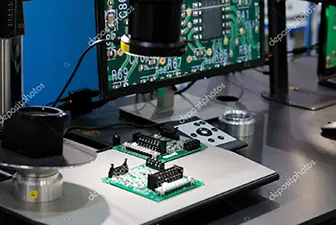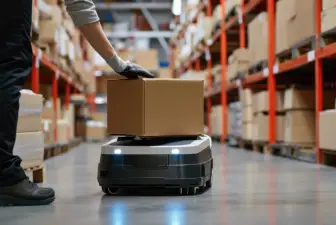
Ready to Optimize Your Operations?
Contact us today to discuss how our advanced part segregation solutions can benefit your business. Let’s ensure your products meet the highest standards with precision and reliability.

Uses sound waves to detect flaws inside the material.

Uses X-rays to look for internal defects.

Detects surface and slightly subsurface defects in ferromagnetic materials.

Uses electromagnetic induction to find cracks and other issues.
Experience top-notch non-destructive testing capabilities for final inspections. Detects flaws and ensures product integrity with our advanced NDT solutions.
Streamline your end-of-line processes with automated optical inspection (AOI) systems. Improve efficiency and reduce errors through automated quality checks.
Streamline your end-of-line processes with automated optical inspection (AOI) systems. Improve efficiency and reduce errors through automated quality checks.
Commitment to meticulous attention to detail throughout our solutions, ensuring the highest standards of quality at every step.

Contact us today to discuss how our advanced part segregation solutions can benefit your business. Let’s ensure your products meet the highest standards with precision and reliability.

Streamline your processes with AOI systems that accurately detect and segregate parts based on visual criteria, ensuring consistent quality standards.

Utilize precise measurement tools to classify parts based on dimensional tolerances, ensuring conformity to specifications.

Identify and segregate parts based on material composition using advanced spectroscopy and chemical analysis techniques.

Implement AI algorithms to analyze data and classify parts based on learned patterns, enhancing accuracy and efficiency.

Ensure thorough inspection and segregation of parts based on internal characteristics without compromising integrity.
Knowledge-based Engineering (KBE) is an engineering methodology that uses computer- based tools and technologies to automate the design and development processes. It involves creating a knowledge base that contains the rules, algorithms, and engineering knowledge needed to automate design processes.
KBE can help businesses automate design processes, improve product quality, and reduce design cycle times. By automating design processes, KBE can help businesses stay competitive and meet customer demands.
KBE can benefit a wide range of industries that require complex product design and development. These industries include aerospace and defense, automotive, electronics, and manufacturing.
We offer CAD automation, CAD customization, and product configurator development services. Our expert team can help you identify the right KBE tools and technologies for your business and develop a customized KBE strategy to meet your specific needs.
The KBE implementation process involves identifying business requirements, developing a KBE strategy, developing a knowledge base, developing and testing KBE applications, and deploying and maintaining the KBE applications.
The time it takes to implement KBE in a business depends on the complexity of the business's product design and development processes, the scope of the KBE implementation, and the availability of resources. A typical KBE implementation can take anywhere from a few months to a year or more.
To get started with KBE, contact us at Prescient Technologies Pvt Ltd. Our expert team can help you identify the right KBE tools and technologies for your business and develop a customized KBE strategy to meet your specific needs.
Get in touch today to see how our advanced part segregation solutions can boost your business with precise and reliable results.